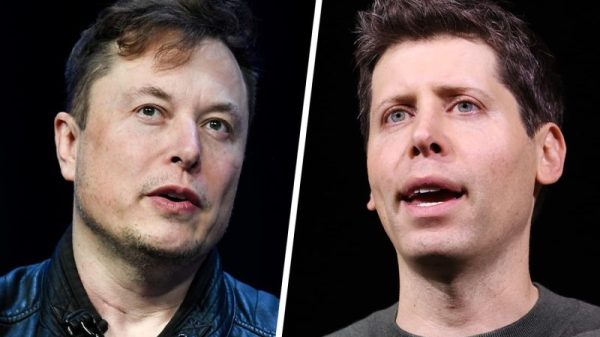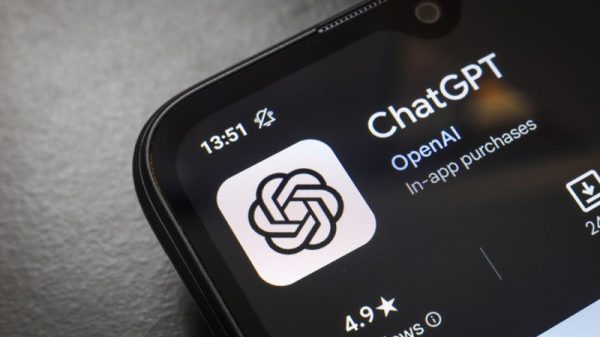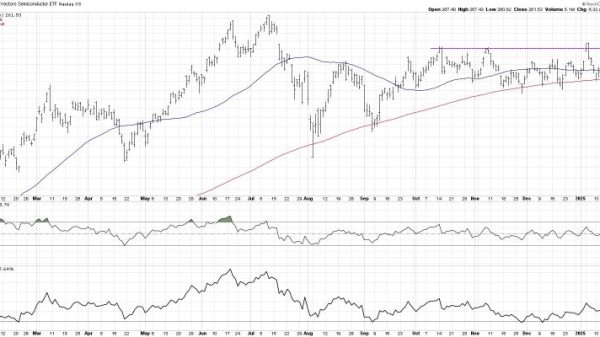To put it in terms Donald Trump would appreciate: On Thursday, Trump gave himself a mulligan.
The afternoon before, he was in North Carolina to present what was billed as a speech delineating his economic policies. As he got underway, he even told the raucous crowd that “we’re doing this as an intellectual speech.”
But, with the cheering crowd rooting him on, the speech quickly devolved into Trump’s familiar rhetorical stew. He read some prepared comments from the teleprompter and then wandered off into the stuff he really enjoyed talking about. By the end, it was just a regular rally, with a few more lines about inflation than you might normally hear.
So: the do-over. On Thursday morning, Trump’s campaign announced a news conference to be held in New Jersey, one that would allow the candidate to present his economic proposals in a sober, direct context to the press, the only people (in Trump’s estimation) who really care. And, once again, he started off reading policy talking points, this time from a sheaf of paper, his voice monotonous and uninterested. But there were some Trump fans there, too, and after spending slightly longer on the policy than he had in North Carolina, he soon returned to his standard campaign patter. The shift in his enjoyment of the presentation was visible: He spoke with more energy and engaged with the audience. Talking about the things he likes to talk about — how bad Democrats are, how dangerous immigrants are, how deadly wind turbines are to birds — he is animated and passionate.
The problem, it seems, is that his campaign staff seems to really want him to talk about other things. They know that people are frustrated by inflation and that Trump has a political advantage on the topic, so they included lots of inflation talking points in his speech(es). In New Jersey, Trump was flanked by tables of common household goods, with placards showing how prices rose after the emergence of the pandemic.
But that visual display failed for three reasons.
The first was that it was set up outside of Trump’s Bedminster golf club, a facility that doesn’t exactly convey a sense of communion with the working man. There was a table of breakfast cereals and fruit and instant coffee, but they all looked — probably for good reason — like the varieties of those products used in hotel buffets. Meanwhile, the brick-and-column facade of Bedminster loomed in the background. Louis XIV stepping out of Versailles to commiserate with the peasants.
Another reason it failed was that Trump clearly had no hand or interest in it. He ignored the display for much of his speech, only addressing the products at his side once he’d concluded.
“They did a nice job” with the display, he said of the unnamed staffers who’d presented him with the props. Then he spotted something familiar: “I haven’t seen Cheerios in a long time!” he said, turning to the cameras with a distinct look of pleasure. He picked out a few of the price increase indicators shown on accompanying signage but spent more time praising his team and the products on display. It was a microcosm of the whole event, really, ignoring the substance for what’s immediately stimulating.
But that’s the third point here: His supporters aren’t interested in the substance, either. They are fine with Trump reading talking points, but they want to hear the stuff about Democrats and borders. It’s symbiotic: He likes saying it and they like hearing it. And that’s been a good enough political formula for Trump to lose the popular vote two presidential elections in a row.
Last month, before President Joe Biden abandoned his bid for reelection, Trump was on something of a glide path. He had leads in the polls — real leads! — for the first time since he began his political career. Democrats were demoralized and pessimistic. Trump didn’t seem to have to do much but turn out his base and he could win. It might have been 2016 all over, with his team’s enthusiasm edging past Democrats struggling to turn out their voters.
Then Biden dropped out. The polls shifted. Trump’s well-worn patter about Biden was no good. Suddenly, he was back on defense, and he and his team don’t seem to know what to do about it.
Earlier this year, his campaign’s co-managers, Chris LaCivita and Susie Wiles, were chirping about Trump’s dominant position and seeking credit for his successes. But it was always mostly Biden and now Biden’s gone. And Trump, instead of having a general election that unfolded as smoothly as the primary, is suddenly in a fight.
That means that people are now telling him to give speeches about inflation, to appeal to people who don’t already love him. But Trump didn’t get into politics to effect policy change; he got into politics to talk to people who love him! His old campaign team used to encourage this, to tell him and everyone around him that the key to success was just letting Trump be Trump.
So Trump brought the most fervent advocate of that view, Corey Lewandowski, back into the fold.
It’s very important to recognize that Lewandowski has no experience in winning a presidential general election. He was at Trump’s side when the businessman launched his 2016 campaign, but was jettisoned after the primaries. He didn’t play a role in Trump’s 2020 campaign, either. So why did Trump bring him on board? Well, one thing Lewandowski — co-author of the book “Let Trump Be Trump” — will champion is letting Trump be Trump.
Lewandowski is a warm blanket for Trump (albeit a very prickly one for everyone else). And that’s the campaign Trump seems to want, a cozy one that lets him wander to a different part of Mar-a-Lago for one news conference or outside the doors of Bedminster for another. He’ll still do rallies, but even those are happening at a slower pace than in past years, perhaps because he’s adjusting to the new reality of the race or perhaps because of the trauma of last month’s assassination attempt or, perhaps, simply because the pace of eight years ago doesn’t fit the Trump of today.
Trump wants to win in November; there’s no question about that. If nothing else, it’s the easier path toward avoiding future criminal trials or potential incarceration. But what he doesn’t seem to be interested in is running a campaign that involves traditional campaign elements like sticking to talking points and leaving your house multiple days in a row.
It’s possible that Trump believes his own patter, that his 2016 win was a preview of what can happen this year and that 2020 was actually stolen from him. And it is certainly possible that he can win in 2024 using the same stoke-the-base approach he has used the last two times.
But, again, each of those last two times, his Democratic opponent got millions of more votes.


































